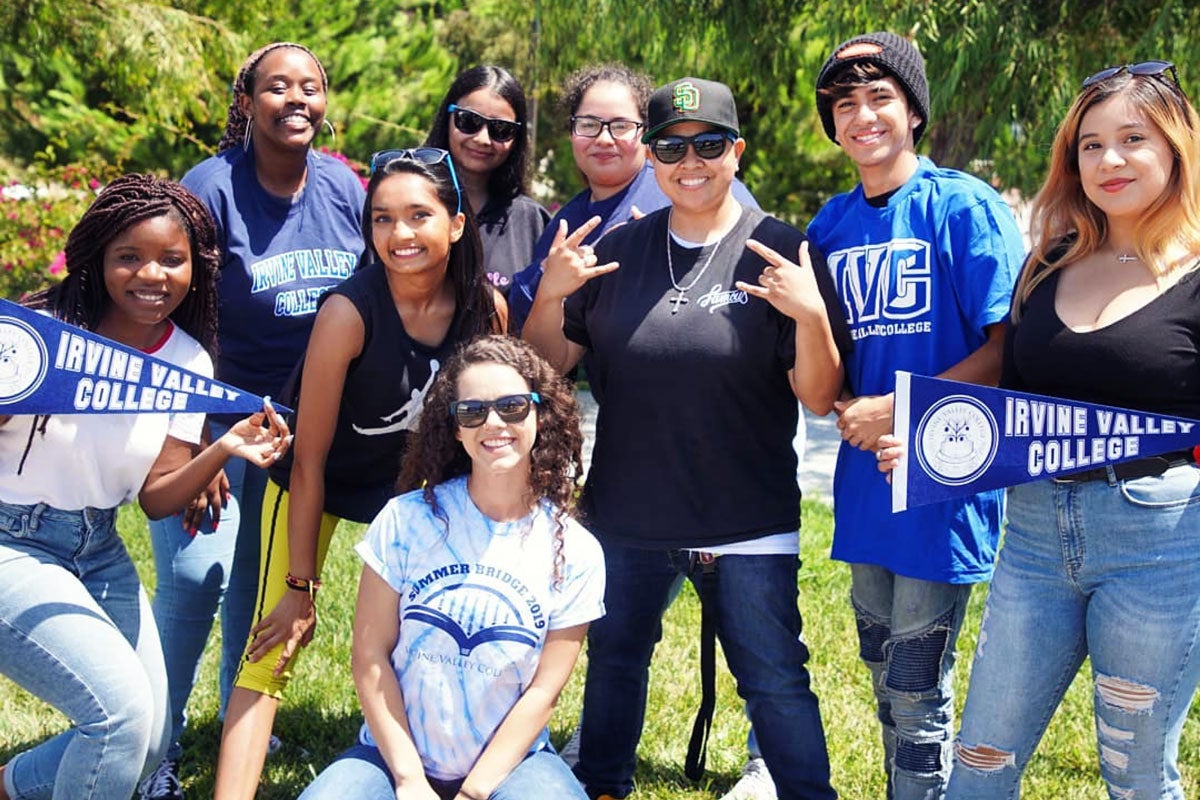There are many ways to assess student learning. Choosing the best measures for your course or program depends on the purpose of your assessment and, most importantly, on the SLOs that you have defined. Your SLOs should direct your choice of assessment measures. What are the specific skills or abilities that your students should demonstrate? In what context or condition should students demonstrate them. The choice of measure should consider all of these factors. Remember, as faculty we actively assess our students for all of the SLOs, but we are not required to report all SLOs every time the course is offered.
Formative and Summative Assessment
Formative measures focus on the learning processes taking place while a student is learning. Information from formative assessment can be used for immediate changes to curricular activities. Examples include:
- Clicker quizzes on material studied for class
- Midterm surveys about what is going well or poorly in the class
- Journals or logs maintained by students
- Counts of meetings between students or between students and faculty
- Count of time spent studying or preparing for class
Summative measures focus on learning outcomes, or the knowledge, skills, or attitudes students take with them after a course or program of study is complete. Examples include:
- Completed student work (paper, project, homework, etc.)
- Final grades on exams grades that are linked to learning outcomes
- Course or program portfolio
- Course or program evaluation

Embedded and Add On-Assessment
Embedded measures are those that are already in use as or course or program work but also provide information for program or institutional goals. Examples include:
- Course presentations
- Research papers and projects in key courses
- Student work from an experiential learning opportunity (internship, service-learning, study abroad)
- Student performance on key assignments
- End-of-course student evaluations tied to course outcomes rather than instructor qualities
Add-on measures go beyond course requirements and perhaps beyond program requirements and may seek information not easily elicited by embedded measures. Examples include:
- Program portfolio
- Published test (standardized or other)
- Licensure exam
Quantitative and Qualitative Measures
Quantitative measures are counts of occurrences or structured, predetermined response options that can be summarized into meaningful numbers and analyzed statistically. Examples include:
- Test scores
- Rubric scores
- Average response on scaled survey items
- Job placement rates
- Counts of student presentations and publications
Qualitative measures are flexible, naturalistic methods and are usually analyzed by looking for recurring patterns and themes. Examples include:
- Reflective writing
- Patterns observed in student behaviors
- Notes from interviews or focus groups
- Class discussion threads

Multiple Methods Approach
Best practices recommend a multiple methods approach to academic program level assessment since a single method can restrict the interpretation of student learning. However, the limitations of one method may prompt the selection of other methods. Altogether, multiple methods provide a more accurate frame for assessing student learning. More so, a combination of quantitative and qualitative assessment methods adds reliability and a more comprehensive approach to assessment. Using a multiple methods approach to academic program level assessment has several advantages:
- Minimizes potential limitations of data collection and analysis inherent in a single method
- Provides alternative methods for students to demonstrate learning outcomes that may not have been possible in other methods
- Provides a more complete understanding and interpretation of student achievement
- Values the diversity of different learning methods
Determining which SLOs to Assess
It is not necessary to report on the assessment every SLO every year. While some SLOs assessment may be easily reported each year (e.g. indirect evidence collected through program satisfaction survey), others may be more suited to intermittent reporting(e.g. paper from research methods course offered every other year). Best practice is to pick two or three SLOs to report on each time the course is offered and allow the analysis of SLO assessment data to drive the choice of SLOs reported on for the next time the course is offered.






